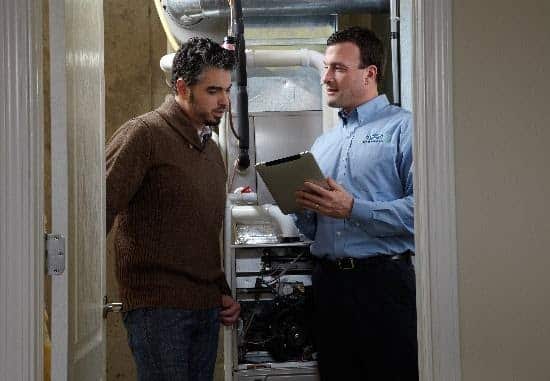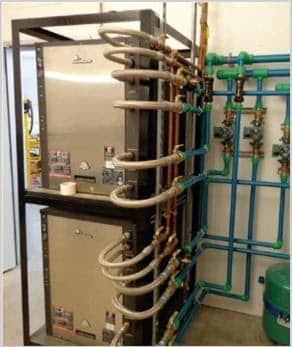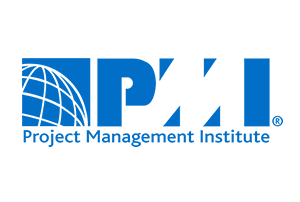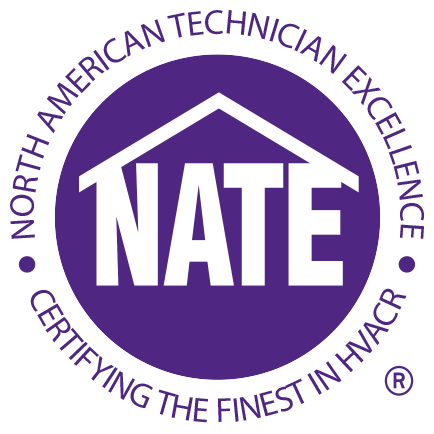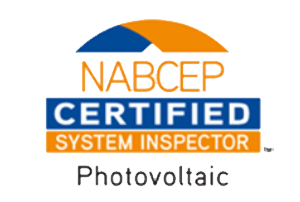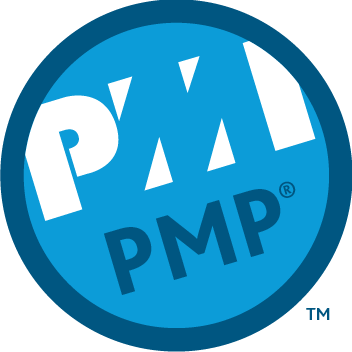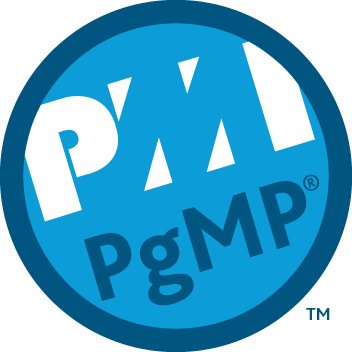Combustion Analysis and Gas Tune-Up
Noticed unusually high gas utility bills? Experienced numerous breakdowns of a gas furnace, boiler, or hot water heater? Concerned about carbon monoxide and the potential for low-level poisoning? Exploring the different types and levels of carbon monoxide detection?
Home Performance Group LLC is a well-established, veteran led mechanical firm experienced in gas appliance performance, and preventive maintenance services. Our team possesses the advanced technical training in combustion analysis, and experience in industry standards of gas furnace maintenance. To learn more about combustion analysis and gas appliance tune-up, Contact our solutions advisor today.
For the quickest service give us a call:
Click below to explore other heating services we offer:
Home Performance Group LLC delivers expert combustion analysis and gas tune-ups:
- Gas furnace installation, replacement and upgrades
- Electric air-handler installation, replacement and upgrades
- Air-source heat pump (ASHP) installation, replacement and upgrades
- Ground-source heat pump (GSHP) installation, replacement and upgrades
- Duct-less mini split heat pump installation, replacement and upgrades
- Gas boiler installation, replacement and upgrades
- Gas combi-boiler installation, replacement and upgrades
- Radiant heated floor installation
- Heating equipment safety inspections
- Heating system preventive maintenance
- Gas combustion analysis and tune-up
Key Benefits of Combustion Analysis and Gas Appliance Tune-Up:
- Ensures gas burning appliances operate a peak fuel efficiency
- Improves comfort from maximum BTU production and heat transfer
- Reduced gas utility bills from peak performance of gas appliances
- Improve occupant safety by minimizing carbon monoxide produced by gas appliances
- Prevents carbon build-up on high wear components – (burners, safety devices, heat exchanger)
- Reduces likelihood of breakdown or parts failure – (clean combustion puts less wear and tear on components)
- Compliments routine annual preventive maintenance tasks – (recommended every two years)
Combustion Analysis and Carbon Monoxide – Did you Know
Combustion efficiency is a measure of how well a gas appliance converts the heat content of a fuel into usable heat. Complete combustion results in optimal efficiency by converting the maximum amount of natural gas or propane into space heating, hot water, or heat for food preparation. Additionally, near perfect combustion improves the health and safety of occupants by minimizing the production of poisonous flue gas by-products. According to National Renewables Energy Laboratory (NREL), incomplete combustion results in unburned fuel, and significant increases in soot, smoke, and lethal carbon monoxide.
Carbon monoxide is an odorless, colorless, and tasteless gas, known as the silent killer. Without a listed CO detector, there is no way of sensing the presence of carbon monoxide, until exposure results in injury or death. The National Institutes of Health (NIH) concluded carbon monoxide exposure is the leading cause of lethal poisonings worldwide, and the United States Centers for Disease Control (CDC) finds CO poisoning is one leading cause of unintentional poisoning deaths in the United States, leading to more than 50,000 hospitalizations and 1,200 deaths per year.
Carbon monoxide gas displaces oxygen in the blood, to form carboxyhemoglobin (COHb), reducing the amount of oxygen uptake within the body. Carbon monoxide tightly binds to hemoglobin in red blood cells, forming a bond as much as 300 times stronger than oxygen, which can complicate treatment, particularly in individuals with underlying cardiac or respiratory conditions, and particularly in an unborn fetus. Symptoms of low-level carbon monoxide poisoning may be imperceivable, or very subtle, often mistaken for a seasonal ailment like a cold or flu. Initial symptoms include headache, dizziness, weakness, malaise, upset stomach, and vomiting. As carbon monoxide builds up inside the body, symptoms progress to hypoxia, altered alertness, confusion, chest pain, cherry red lips, shortness of breath, seizures, eventually culminating in death.
According to the United State Environmental Protection Agency (EPA), average levels of carbon monoxide inside homes, without gas burning appliances, range from less than 1 part per million (PPM) to 5 ppm. Numerous health organizations have established various safe levels of carbon monoxide exposures. The American Society of Heating Refrigerating and Air-Conditioning Engineers (ASHRAE) published an information addendum to their standard 62.1 “Ventilation for Acceptable Indoor Air Quality”. The ASHRAE addendum is focused on indoor environments, such as a home, and established 9 ppm as the maximum concentration limit for short term carbon monoxide exposure. This concentration limit is in line with the National Comfort Institute (NCI) findings of CO levels at 10 ppm are associated with a significant increase in heart disease and hospital admission for congestive heart failure. Further, at just 35 ppm, most fire departments will not enter a home or building without first donning a self-contained breathing apparatus (SCBA) for personal protection. Finally, the National Healthy Housing Standard (NHHS) deems any concentration of carbon monoxide at or above 30 ppm measured over one hour as hazardous.
Carbon monoxide detectors today fall into one of two categories, high level or low level. High level CO detectors are by far the most common unit sold today, and easily found at most big box retail stores. A high level carbon monoxide detector must meet UL 2034 requirements and testing, which provide for no notice of the presence of carbon monoxide at or below 30 ppm. Further, no alarm activation or occupant warning is provided until carbon monoxide concentrations meet or exceed 70 ppm for at least one hour, leaving many people, particularly vulnerable populations at risk of low-level carbon monoxide poisoning, and potential CO accumulation in the body, leading to negative health outcomes. A low-level detector on the other hand, will provide both visual and audible warnings with carbon monoxide concentrations as low as 15 ppm within 1 ppm accuracy.
A National Fire Protection Association (NFPA) report finds, compared to the United States as a whole, states in the Midwest have more incidents of carbon monoxide. Public Health Reports, conducted a study on the attitudes of people toward Carbon Monoxide safety, and found, more than 63% of people agreed annual furnace maintenance was important. Regular gas appliance maintenance coupled with combustion analysis and tune-up can help prevent carbon monoxide poisoning.
LEARN MORE, CLICK BELOW on our published articles on home heating and technologies:
For the quickest service give us a call:
Better people
Our team’s priority is to safely restore gas heating systems to optimal performance while protecting our clients health. We advocate for regular preventive equipment maintenance, active carbon monoxide monitoring, and biannual combustion analysis and tune-ups. Our team receives more than 40 hours per year of above-industry-standard mechanical training including gas heating, combustion, and diagnostics. Finally, we maintain a Master Mechanical license offering our clients confidence in our work and peace of mind in our recommendations.
Better products
Although combustion analysis and tune-ups generally do not involve products, the testing equipment we employ is best in class providing calibrated and accurate readings enabling precise tune-up and adjustment of gas burning appliances. When a repair component is required, we select products offering durable, and reliable performance. Our supply chain partners lead their respective industries in manufacturing quality, and equipment innovations. When possible, we buy American made products.
Better solutions
Our team possesses a deep knowledge of gas combustion theory, application, and code requirements ensuring our analysis and recommendations provide improved performance, and enhanced safety. Continuous training, particularly in high-efficient heating technologies afford us the opportunity to integrate new services and features into our solutions. Coupled with careful diagnostics and testing our solutions deliver clients peace of mind.


Featured Service Areas:
| Missouri | Kansas | ||||
|---|---|---|---|---|---|
|
Belton Blue Springs Cameron Excelsior Springs Gladstone Holt |
Independence Kansas City Kearney Lathrop Lawson Lee's Summit |
Liberty North Kansas City Parkville Platte City Plattsburg Polo |
Raytown Riverside Smithville Sugar Creek Weston |
Kansas City Lansing Leavenworth Leawood Lenexa |
Merriam Mission Mission Hills Praire Village Shawnee |


